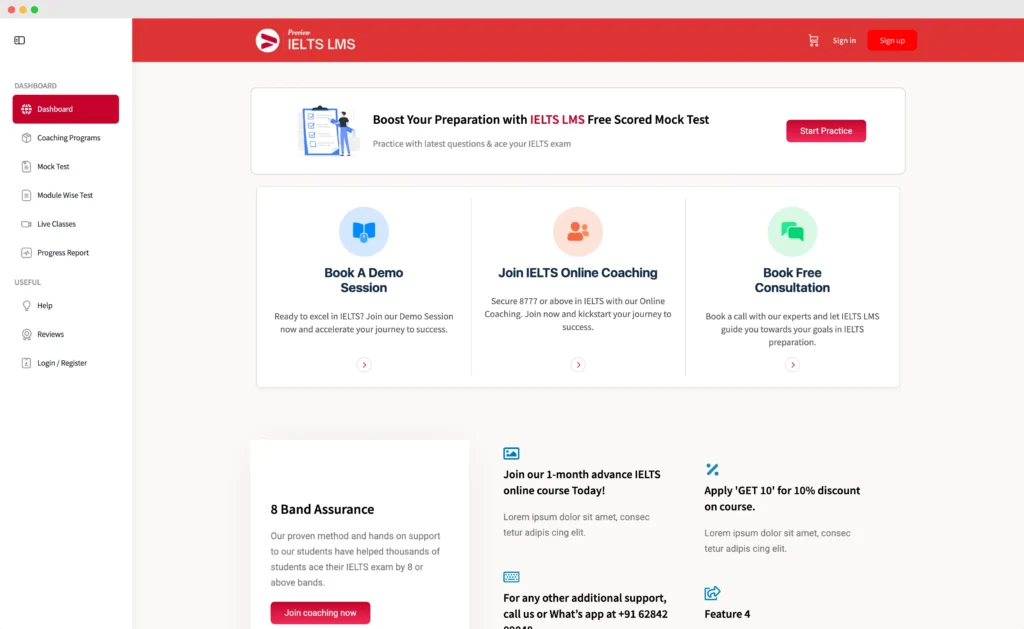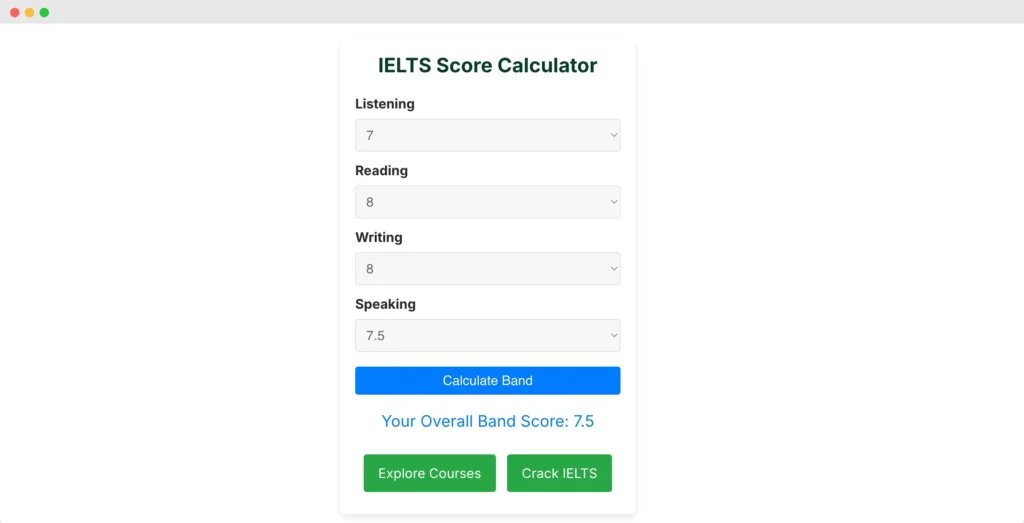The shift to online learning has been a game-changer for education, opening doors and bridging distances. But what’s it really like for the people on the other side of the screen? Beyond just delivering lessons, educators are navigating a complex new world of digital connection, wrestling with unforeseen challenges, and facing a very real impact on their well-being.
We dove into the research—from academic studies to firsthand accounts—to uncover the day-to-day realities for online teachers, from university computer science (CS) instructors to e-tutors and secondary school language teachers. The picture that emerges is one of resilience, but also of significant strain.
Here are the major pain points that online educators are grappling with right now.
1. The Crushing Workload and the Sting of Isolation
Long before the pandemic, studies showed that moving to online teaching meant a heavier workload and more intensive hours. Educators reported needing to spend significantly more time just to feel they were doing a good job. It’s like doing two jobs at once: teaching your subject and mastering a whole new way of doing it.
This is compounded by a profound sense of isolation. E-tutors in one open distance learning (ODL) program described their role as “extremely isolating”. They felt disconnected from both students and the main lecturers, struggling to provide support because they lacked guidance themselves. This feeling of being cut off, from colleagues and even from parents, has been directly linked to increased anxiety and depression among teachers.
2. The Engagement Black Hole
A massive hurdle for online educators is simply getting students to participate.
- Low Participation: In one study, e-tutors reported that low student participation and lack of commitment were their biggest struggles, with as few as 15% of students interacting with them. This undermines the very goal of a student-centered support model.
- Last-Minute Queries: Students often procrastinate, leaving questions until the day before an assignment is due. This makes it nearly impossible for educators to provide meaningful, timely help.
- Misbehavior: Just like in a physical classroom, issues like students eating, posting random comments, or keeping cameras off are common. Managing this remotely, however, adds a whole new layer of difficulty.
3. Flying Blind: The Struggle to See Students’ Needs
One of the most frustrating challenges, especially for subjects like computer science, is the lack of visibility into the student’s learning process.
- Can’t See the Sticking Points: Instructors often only see the final submitted code, not the messy, crucial steps a student took to get there. As one instructor put it, “I can’t see where they get stuck”. They want to identify patterns of mistakes but find it incredibly inefficient to gather this data manually.
- The Absence of Real-World Cues: Language teachers find it “practically impossible” to use realia—real-world objects, gestures, and body language—which are vital for making vocabulary memorable. Think of trying to teach the word “apple” without being able to show one.
- Overwhelming Questions: Instructors and TAs feel “lost in the barrage of questions,” many of which are repetitive or arrive in a flood right before deadlines.
4. The Nightmare of Online Assessment
How do you fairly and accurately grade students you can’t see? This is a major source of stress.
- Questionable Authenticity: Teachers struggle to verify who actually did the work. When submitted sentences are “beyond the level of the students,” it raises serious doubts about the integrity of the assessment.
- Logistical Hurdles: Assessing skills like pronunciation in large online classes is often not feasible.
- Administrative Roadblocks: In some cases, university policies prevent instructors from using effective methods like peer review or restrict who is allowed to grade assignments. Gradebook systems themselves may lack the features needed for innovative teaching methods.
5. The Toll on Mental Health
This accumulation of challenges has a tangible and deeply concerning impact on educators’ well-being. A major review of studies on teacher mental health revealed some startling figures:
- Burnout: Prevalence ranged from 25% to 74%.
- Stress: Reported in 8% to 87% of teachers.
- Anxiety: Found in 38% to 41% of cases.
- Depression: Ranges from 4% to a staggering 77%.
These issues are directly correlated with work-related factors like heavy workload, time pressure, large class sizes, low student motivation, and a lack of support—the very problems detailed by educators across different fields.
Is There a Way Forward?
Educators are not just waiting for solutions; they are actively creating them. They’re using flipped classrooms, peer instruction, and automated grading systems. However, these workarounds often come with their own problems. An interactive textbook might be too rigid, a cloud platform might disappear after a year, and some tech can even reduce student engagement.
So, what do educators really want? They’re looking for more intelligent, integrated, and flexible tools. They need:
- More visibility into the student learning process.
- Better automation for a wider range of repetitive tasks.
- Seamless environments that integrate everything they need—slides, quizzes, editors—backed by real computing power.
Crucially, alongside better technology, there is a vital need for school-based programs that recognize and address the early signs of stress and burnout.
Supporting our educators isn’t just about making their jobs easier. It’s about ensuring a high-quality learning experience for every student. The next time you log into a class, take a moment to consider the complex web of challenges your teacher is navigating. How can we design a future for educational technology that supports both sides of the screen, without playing a constant, frustrating game of whack-a-mole?






